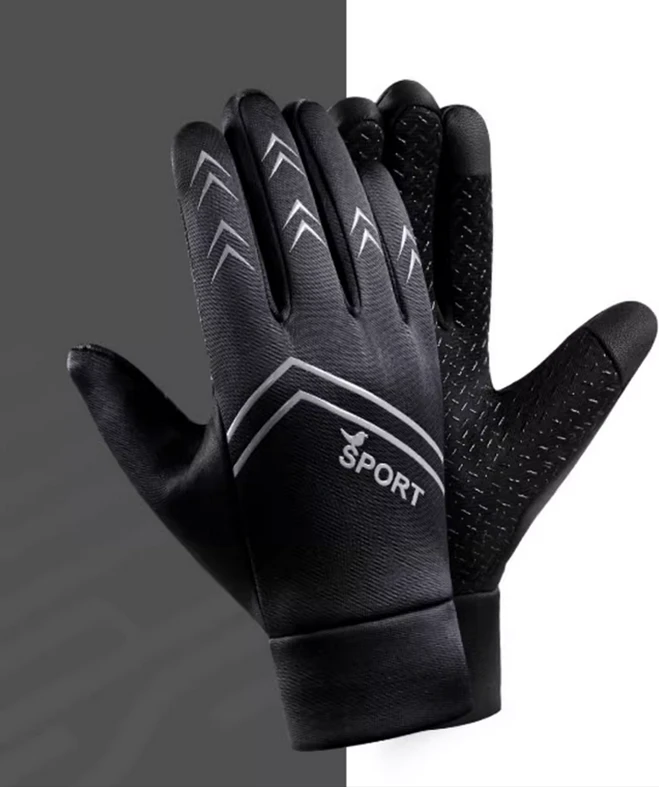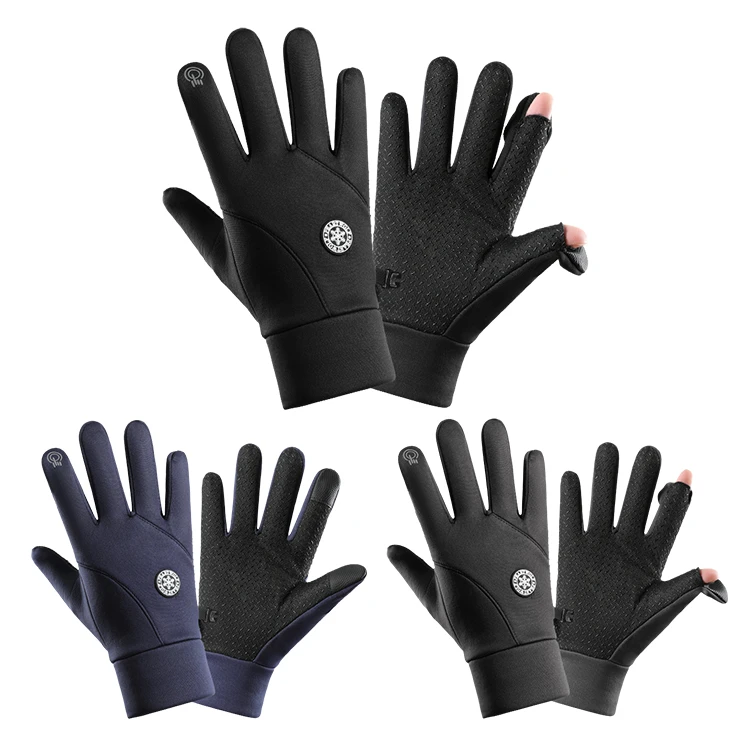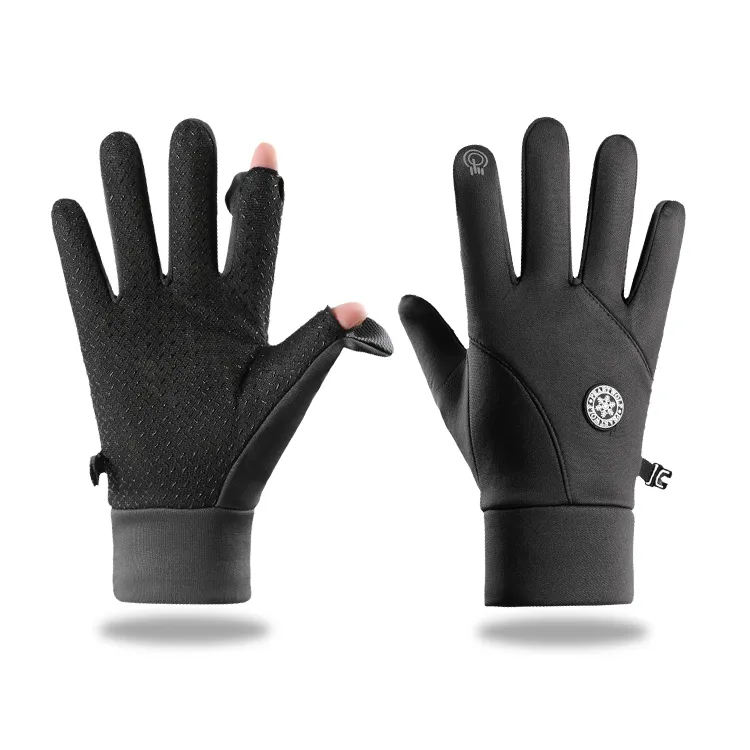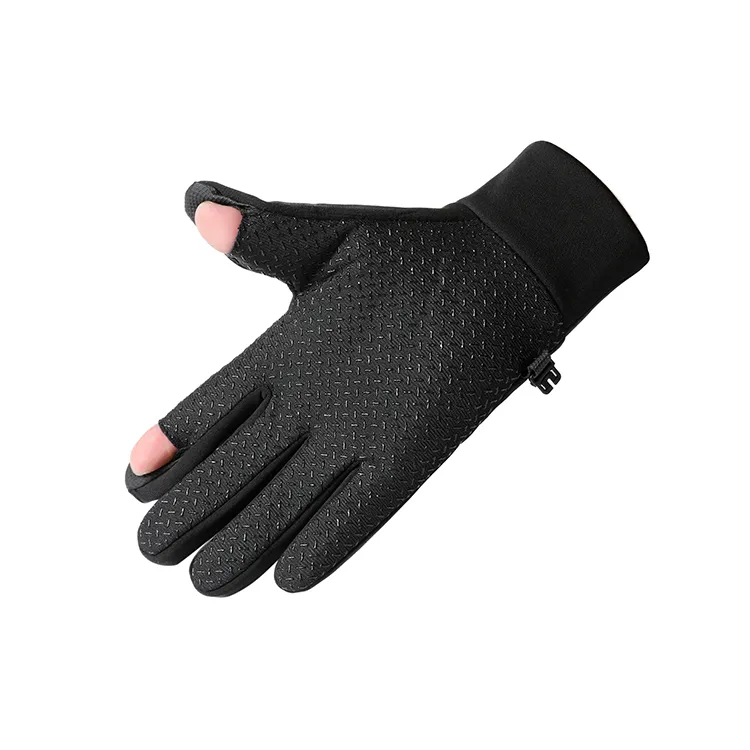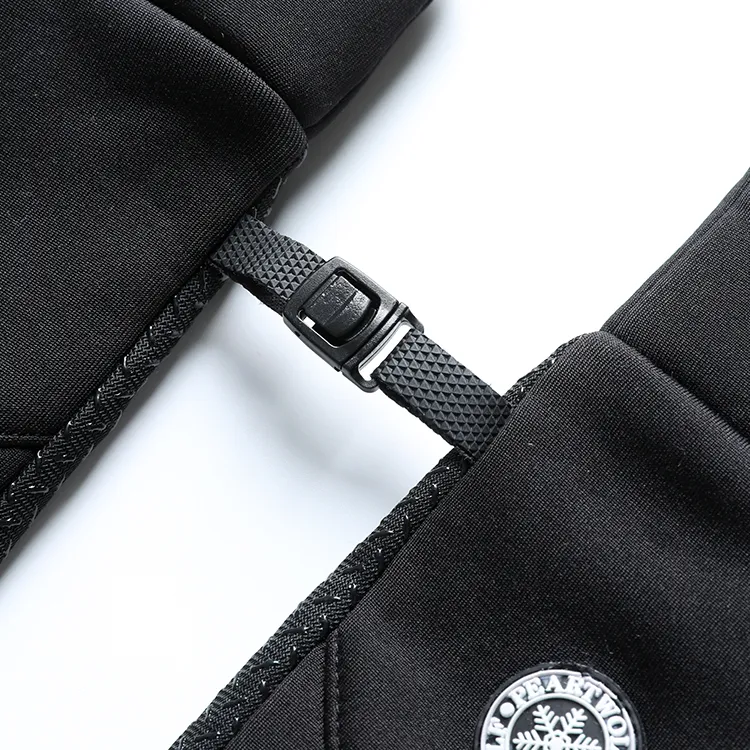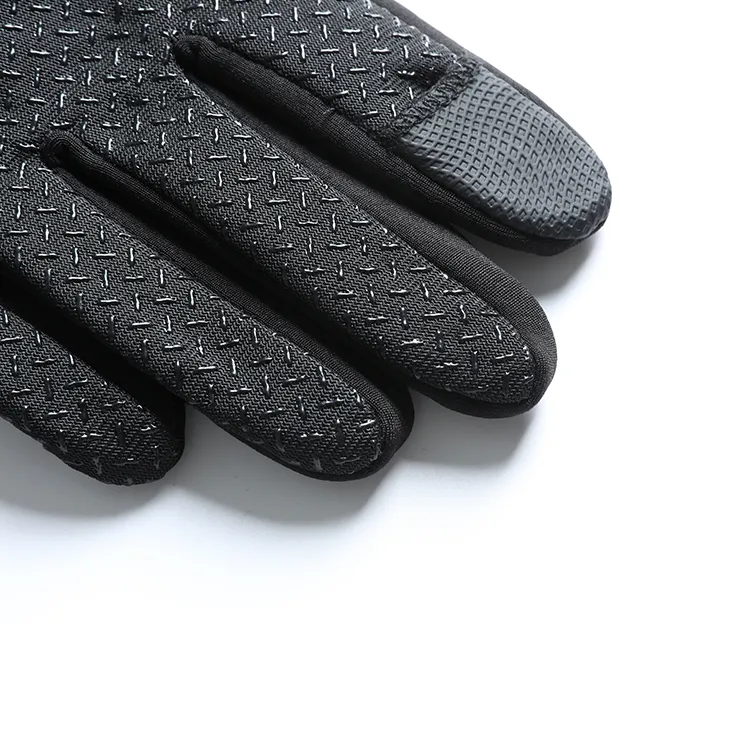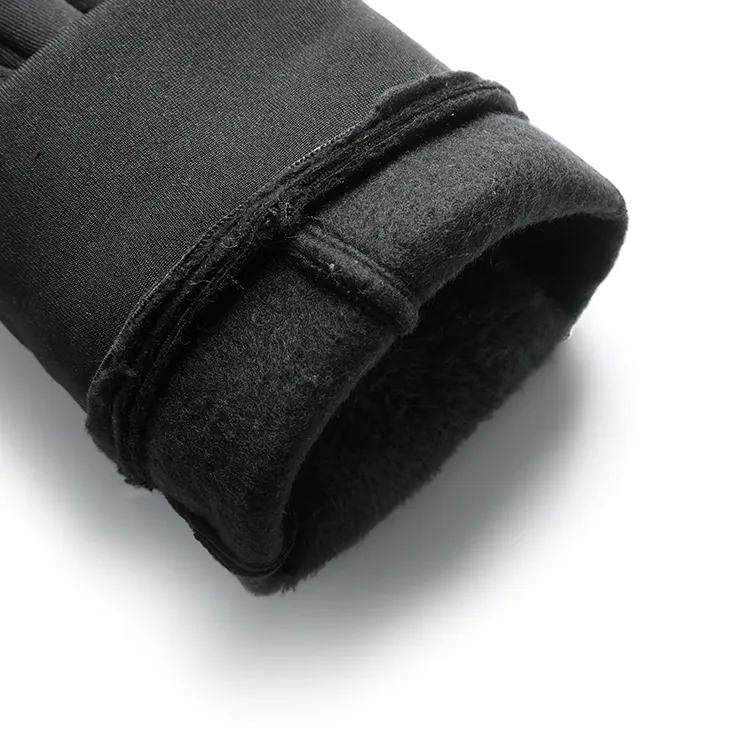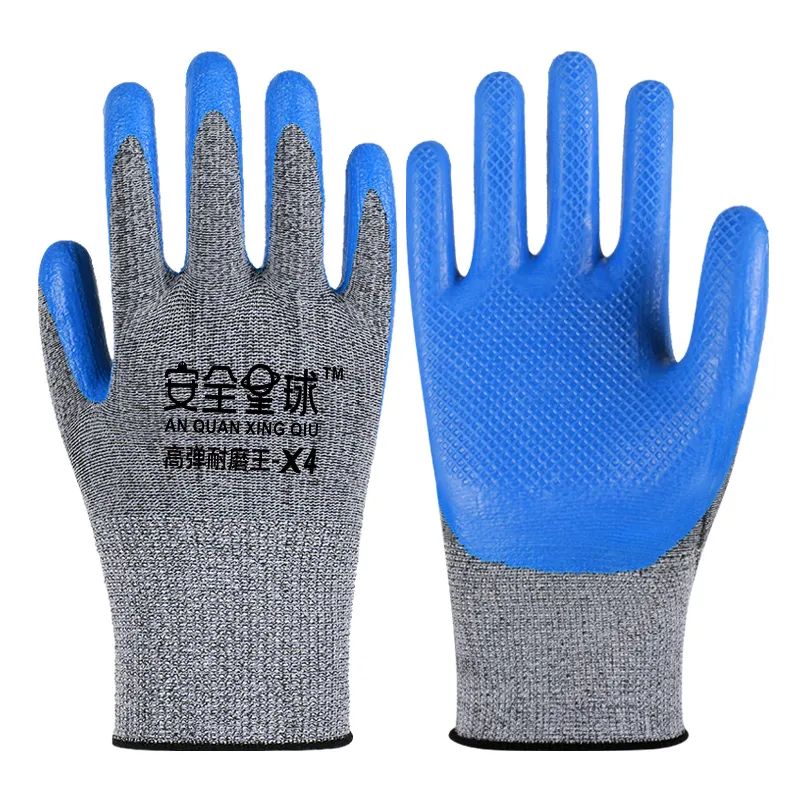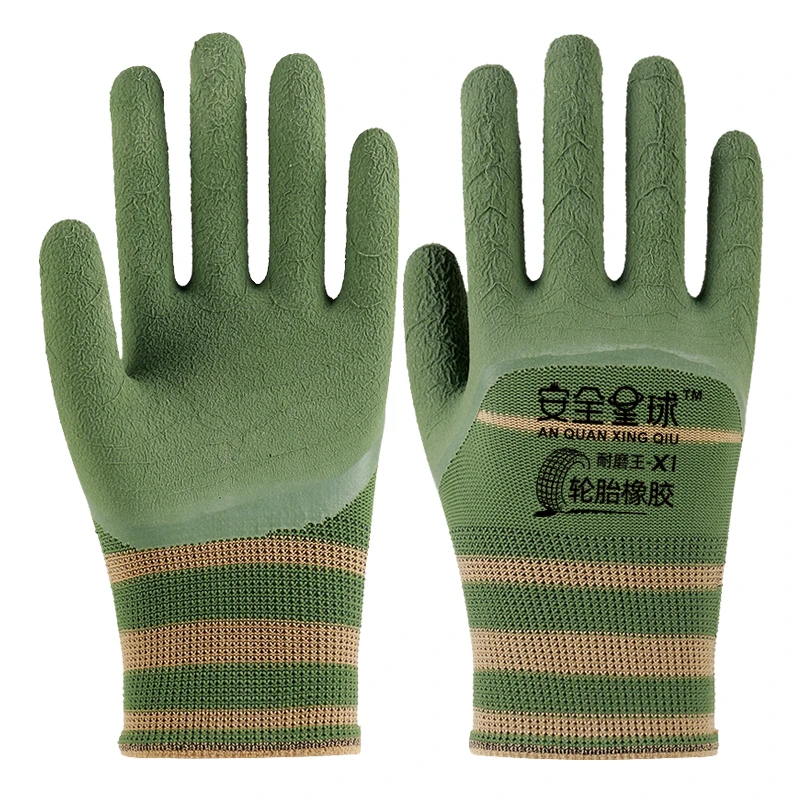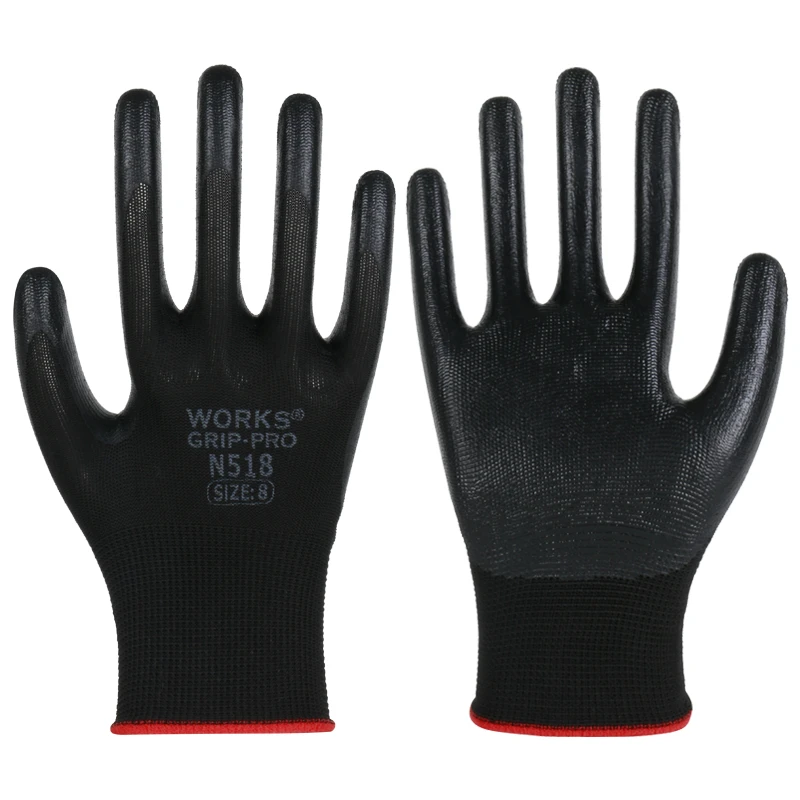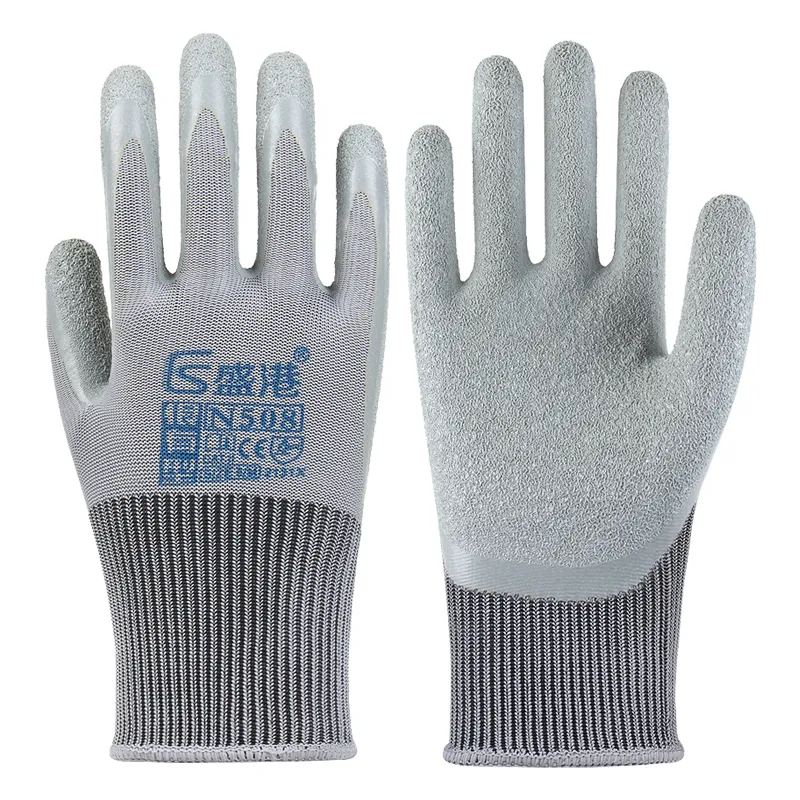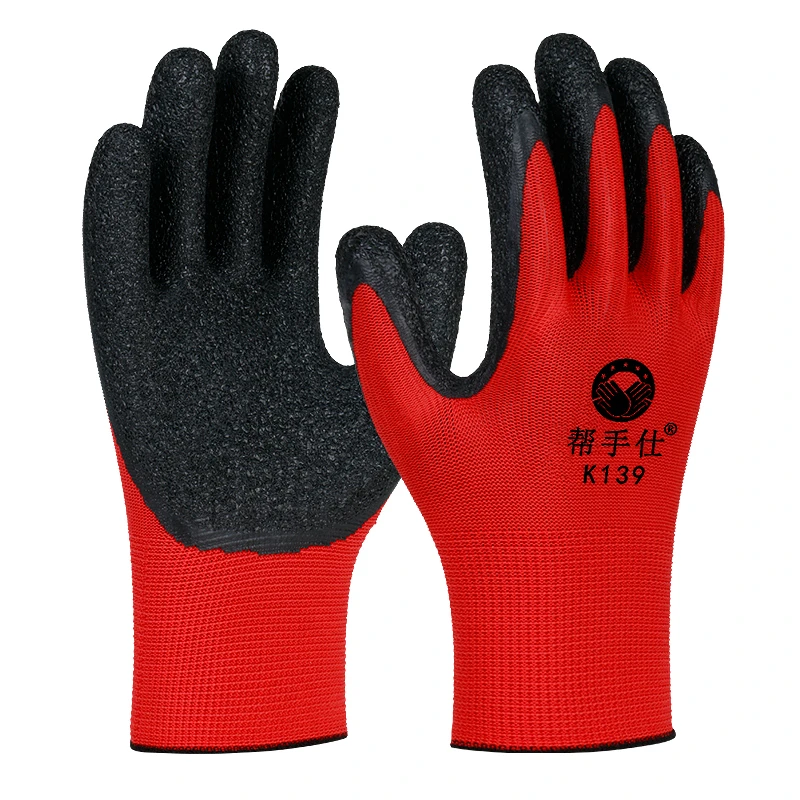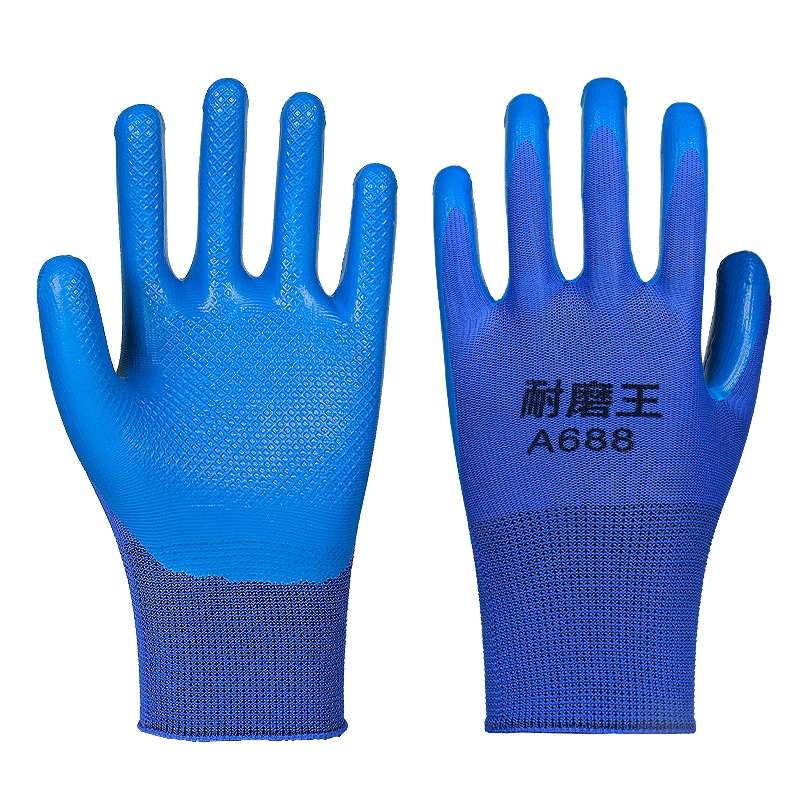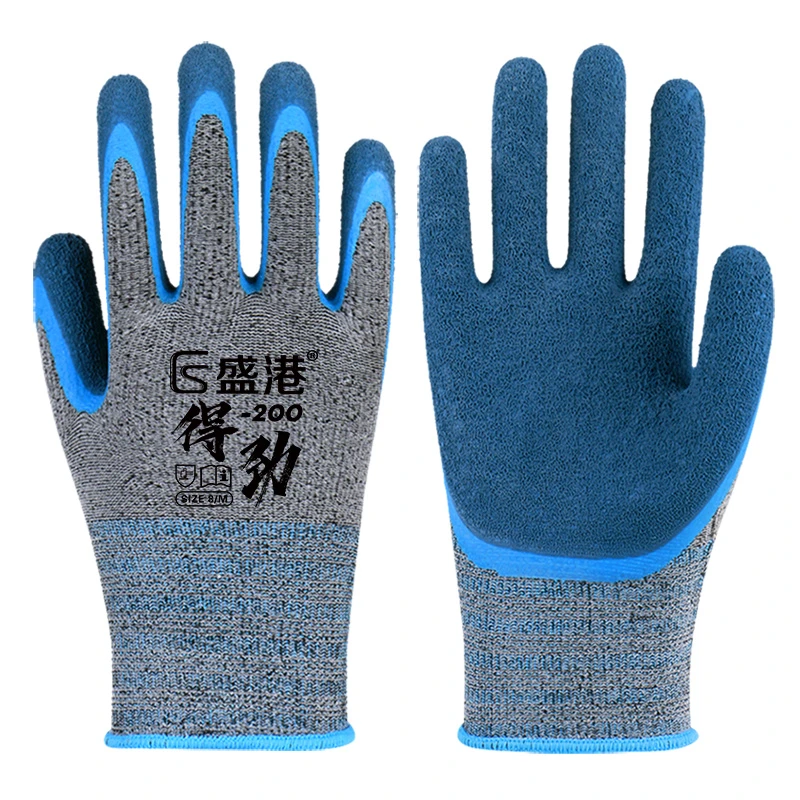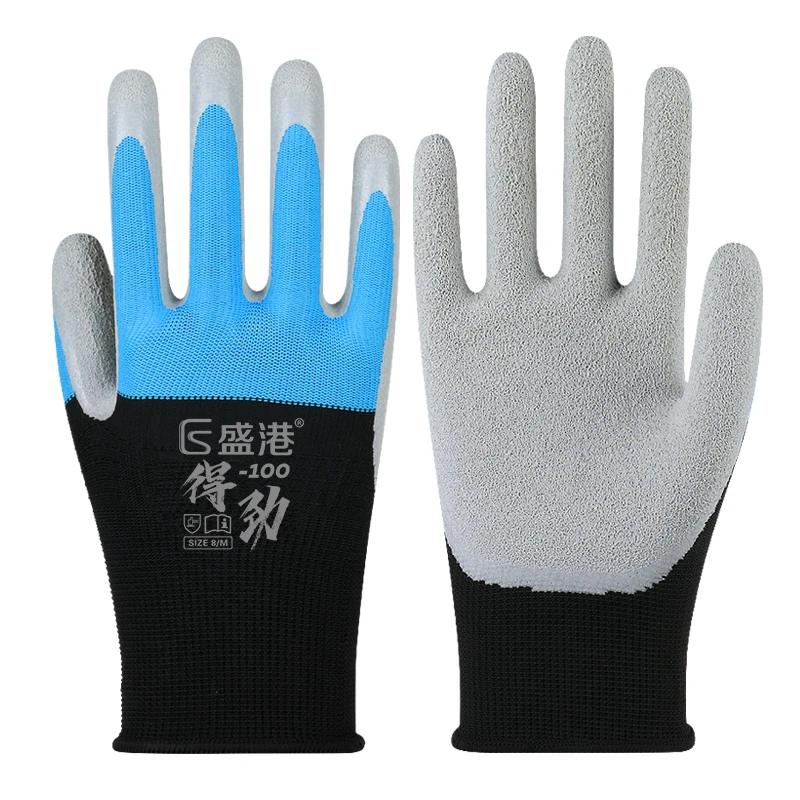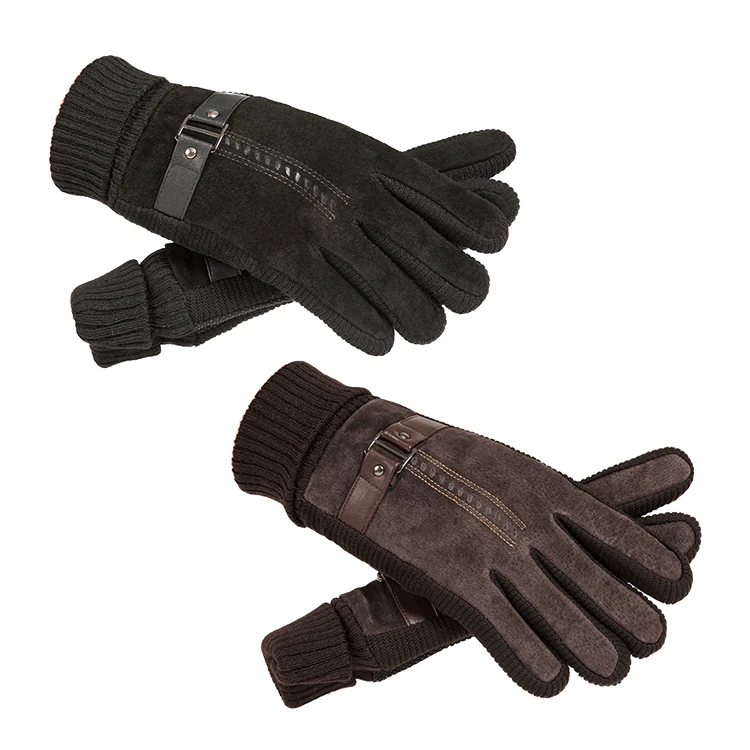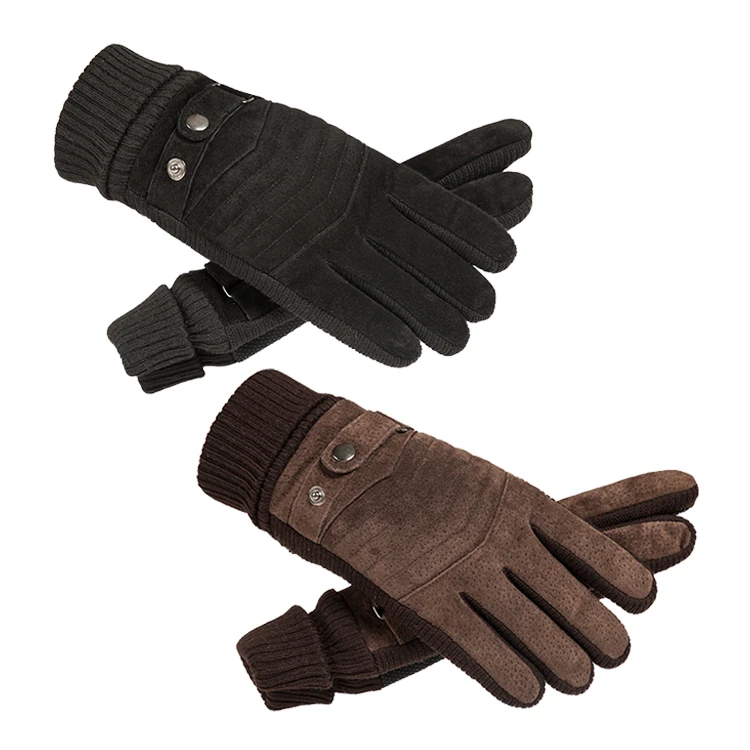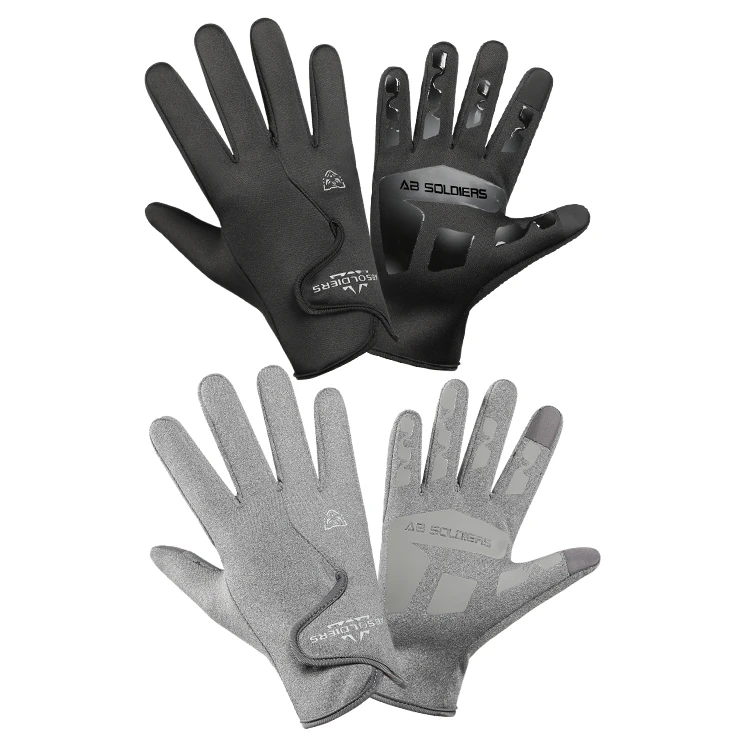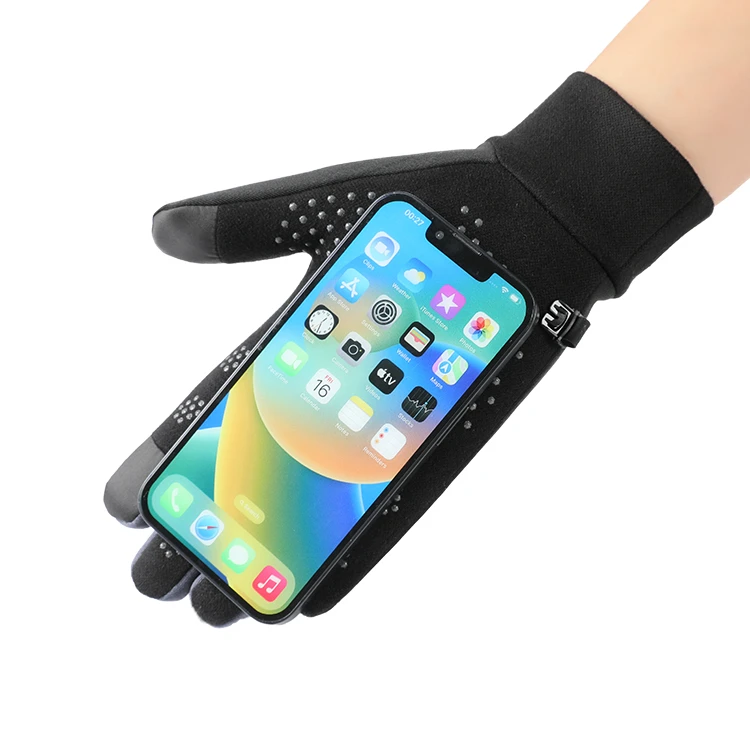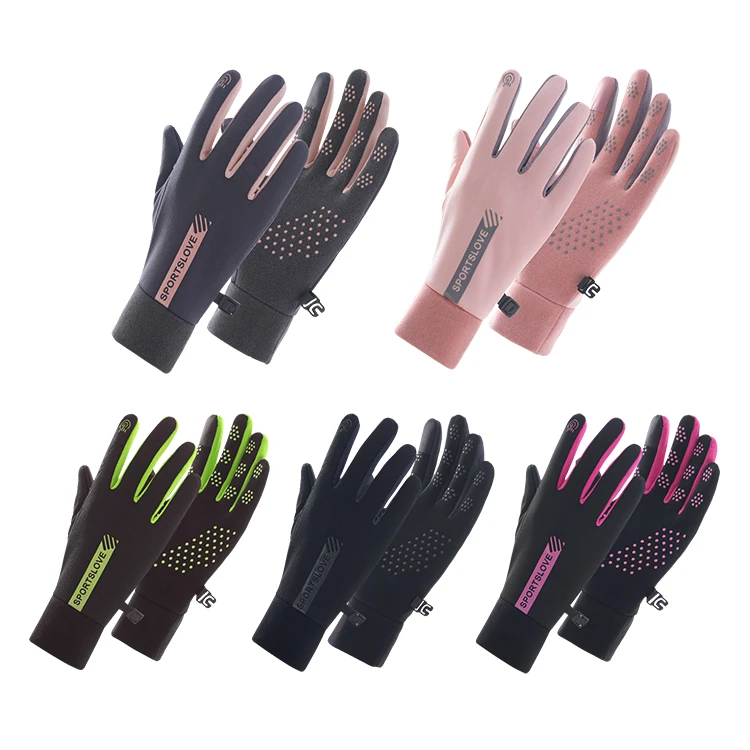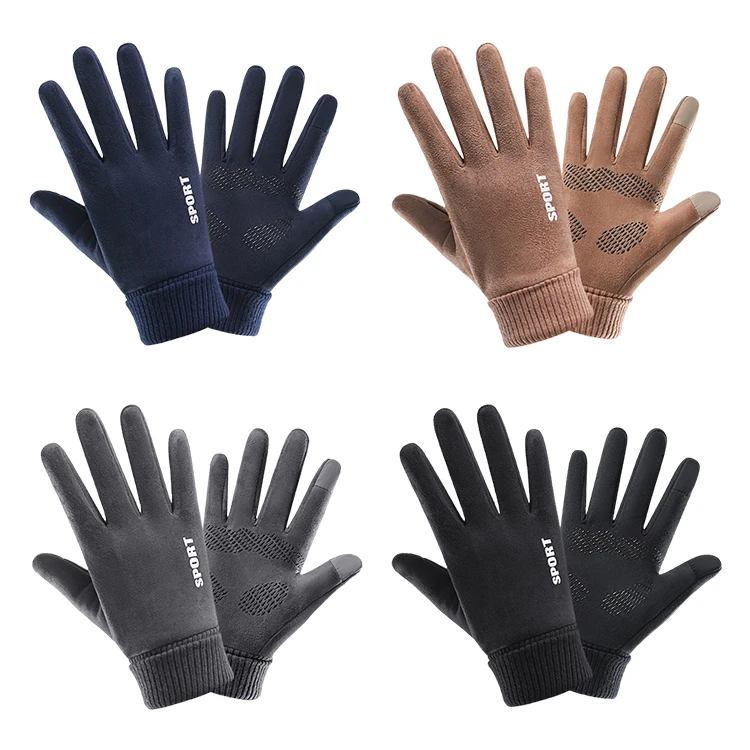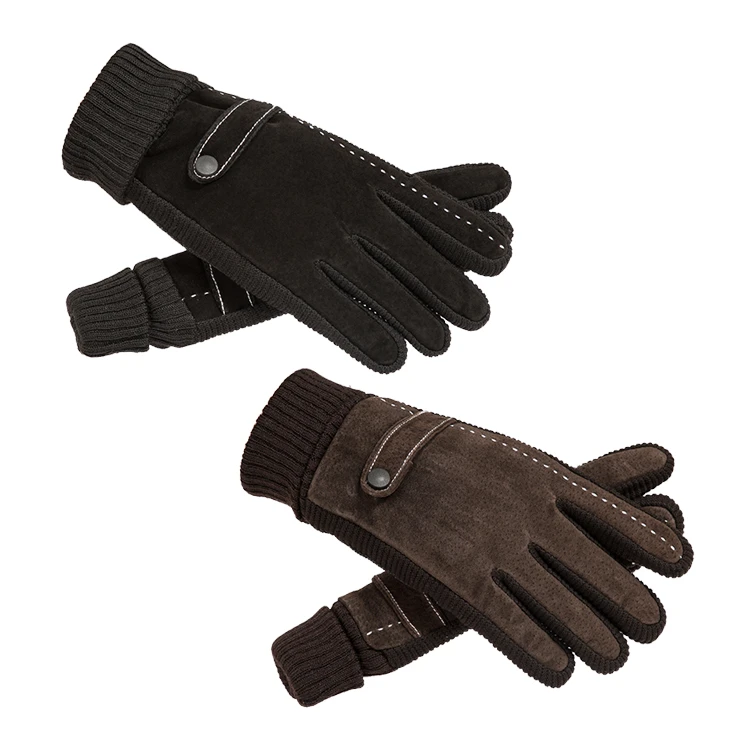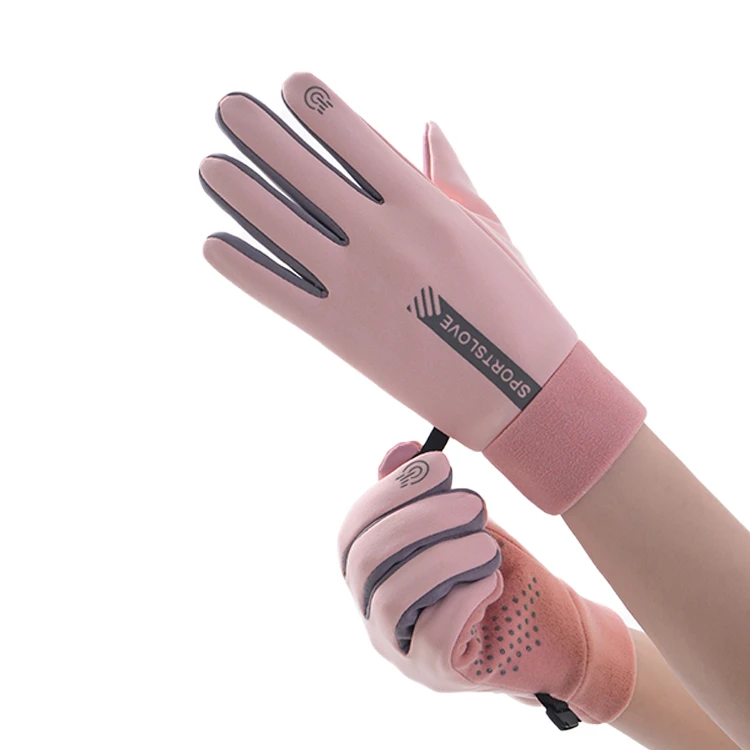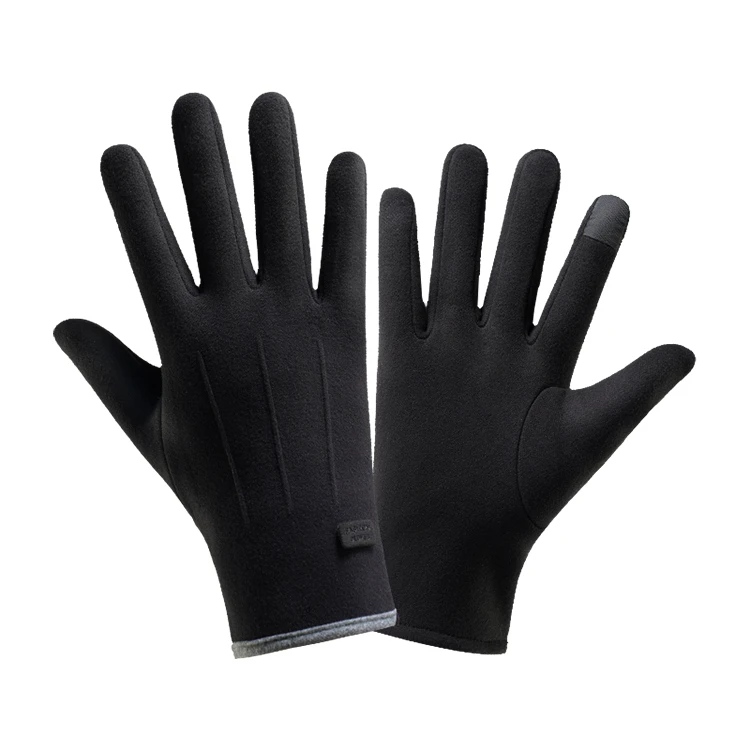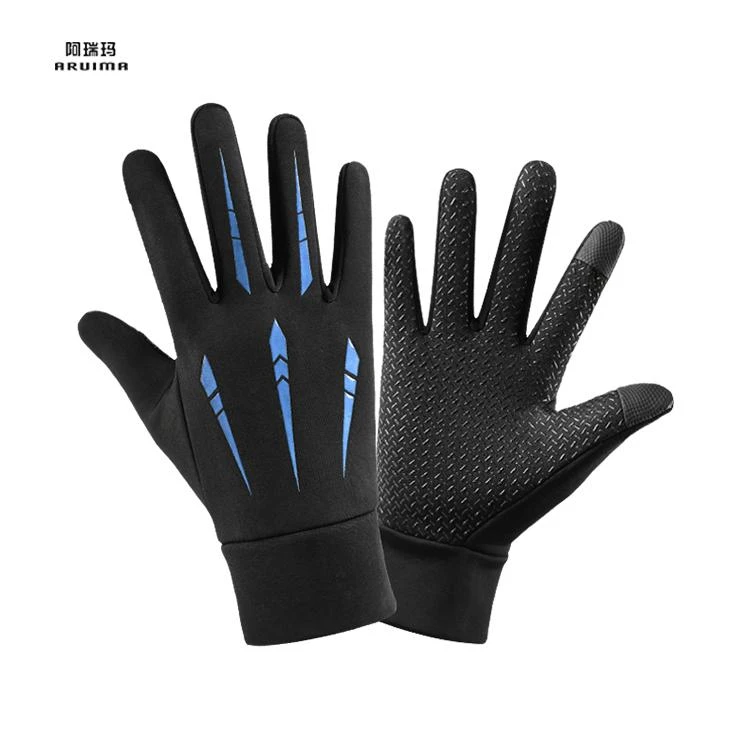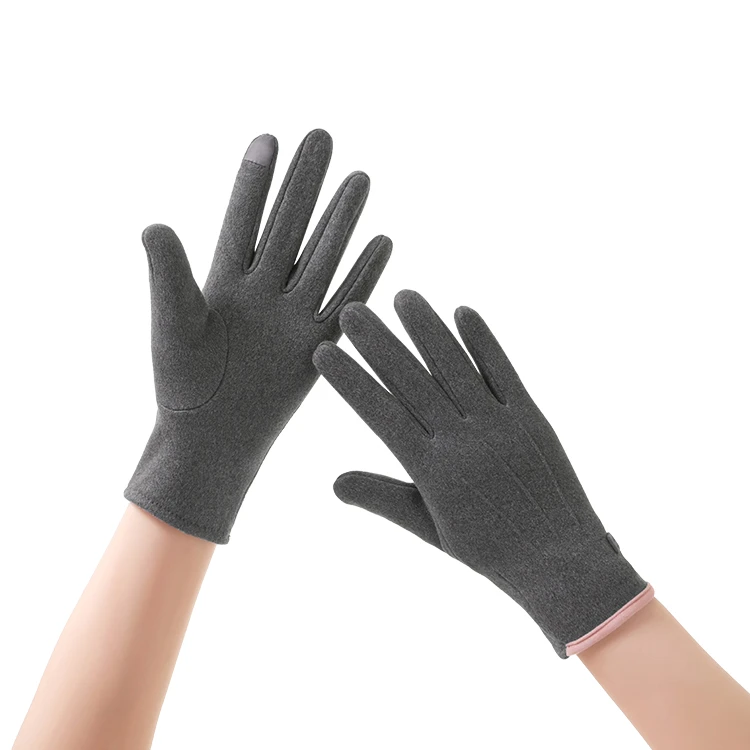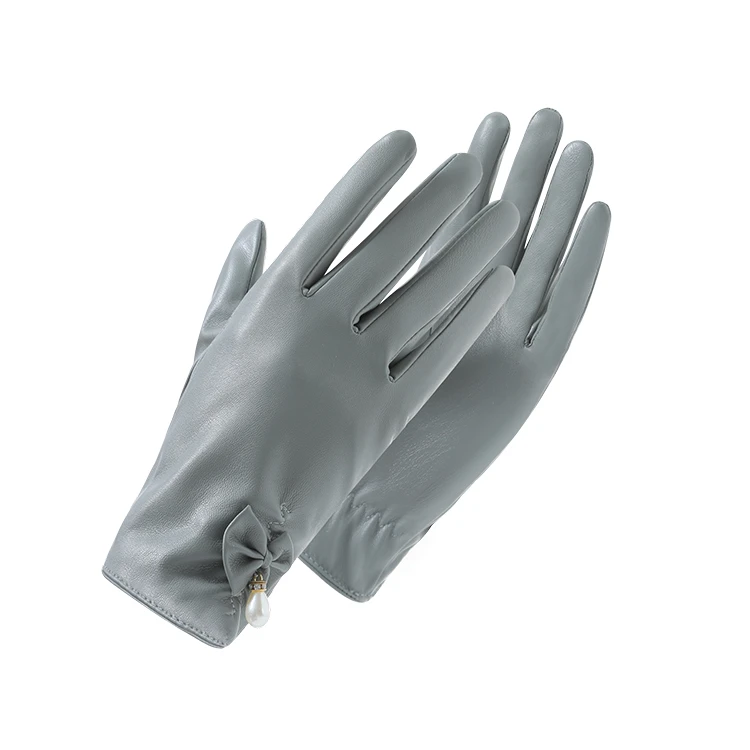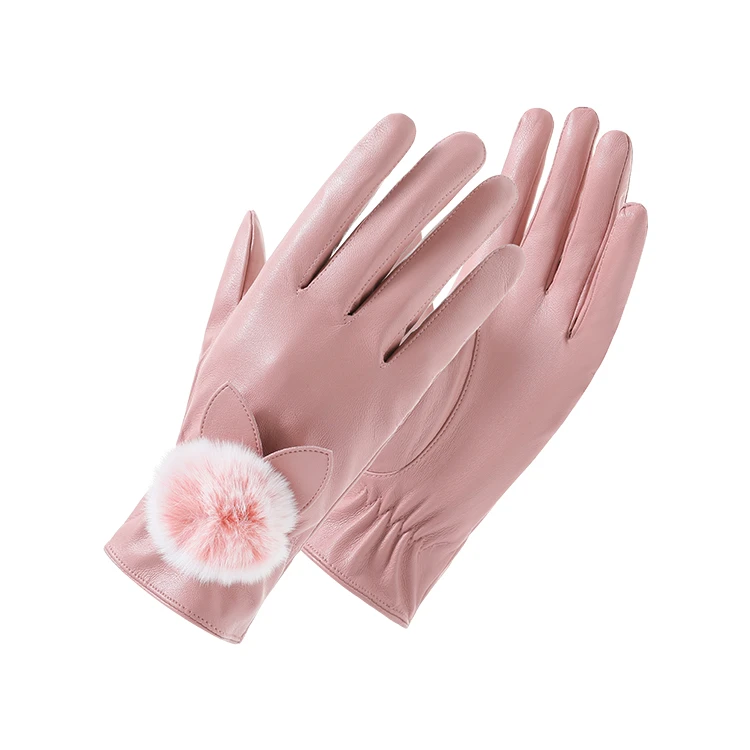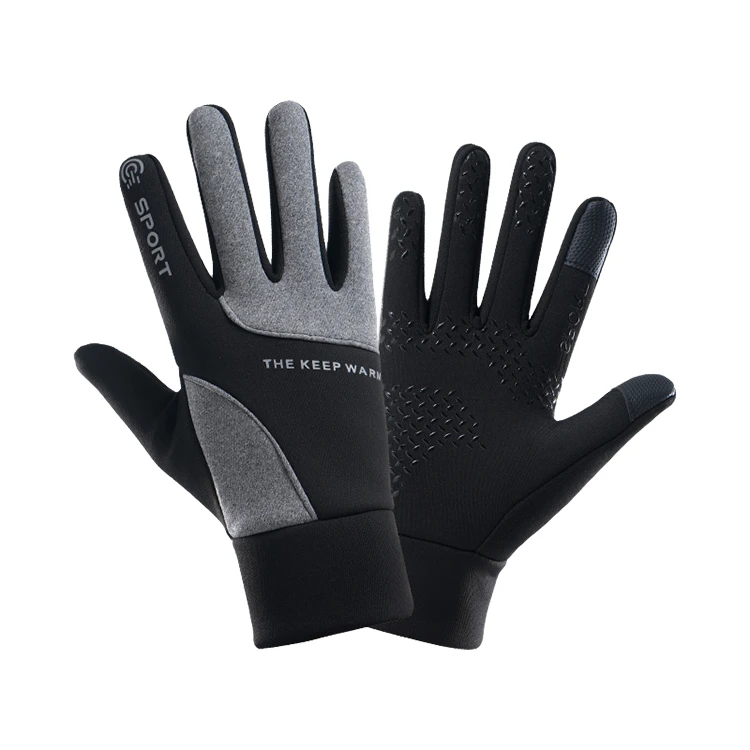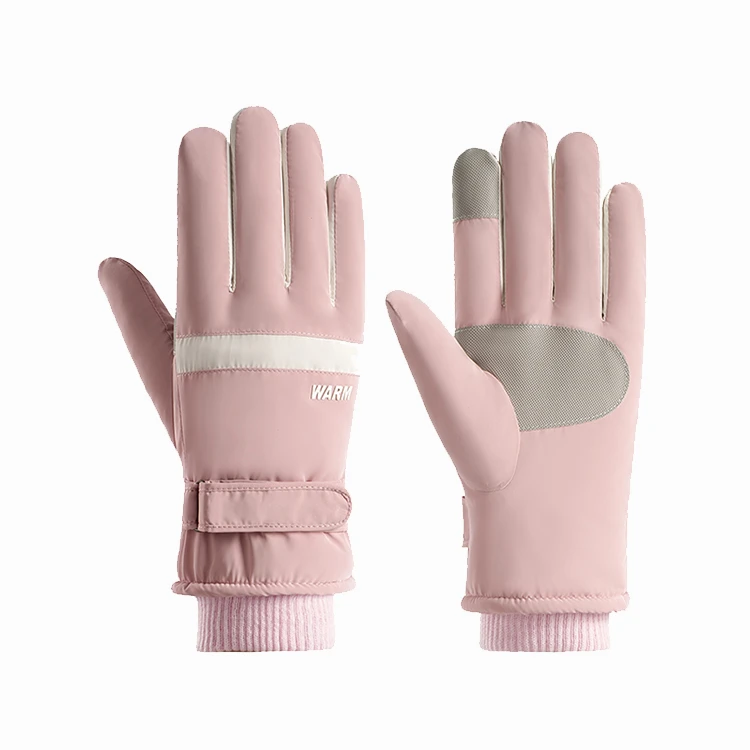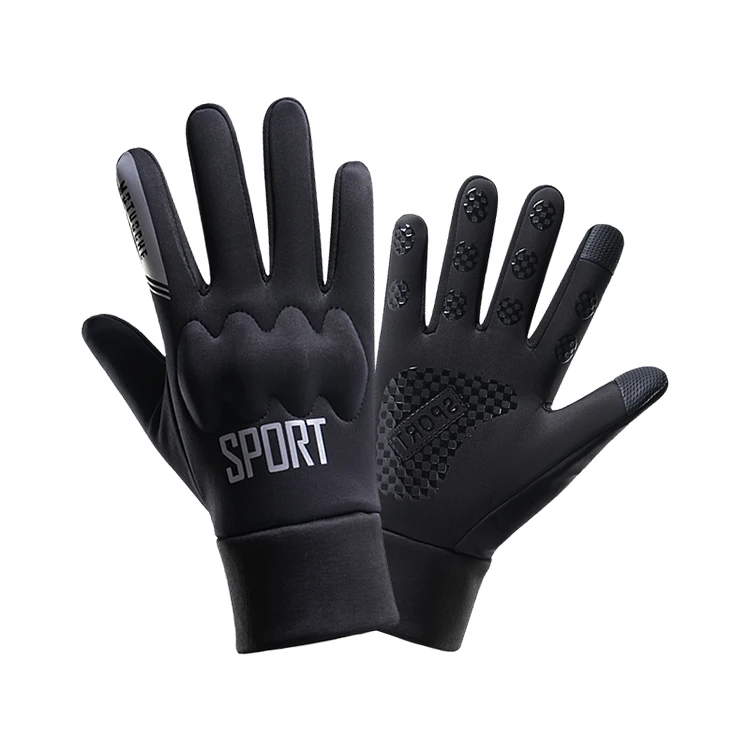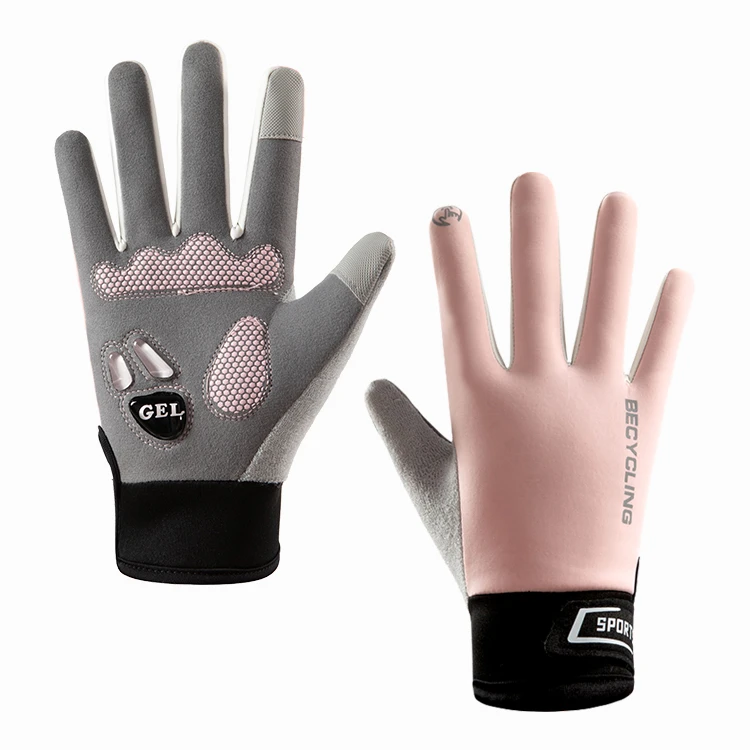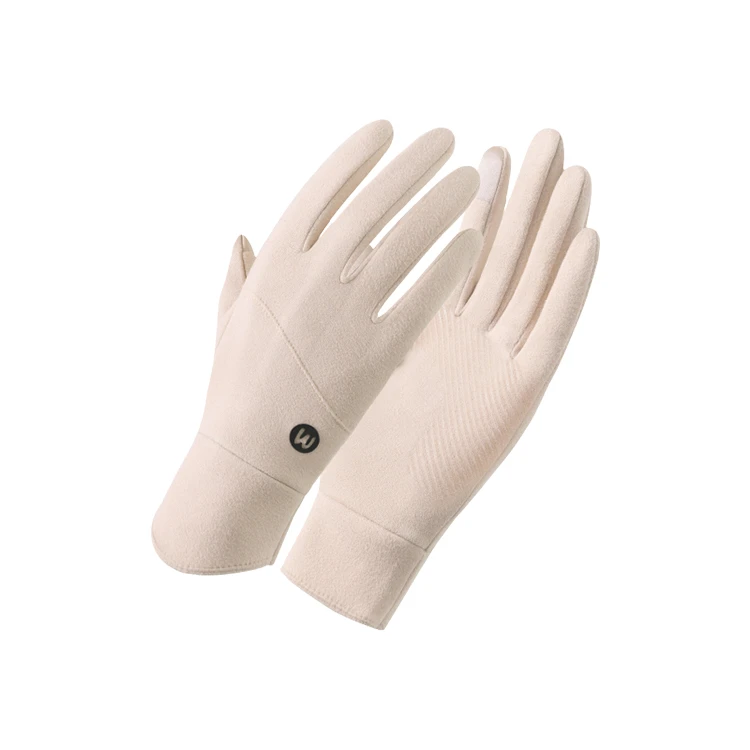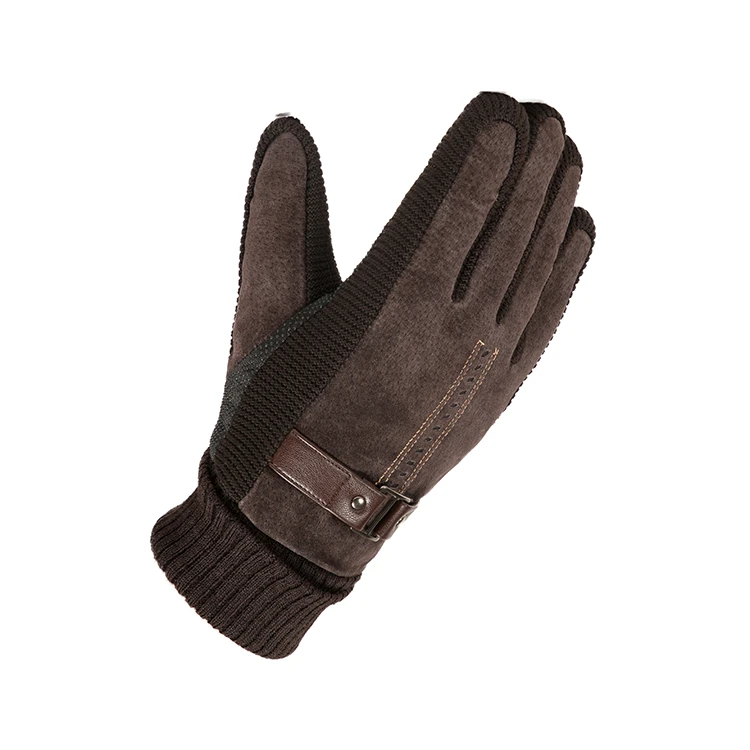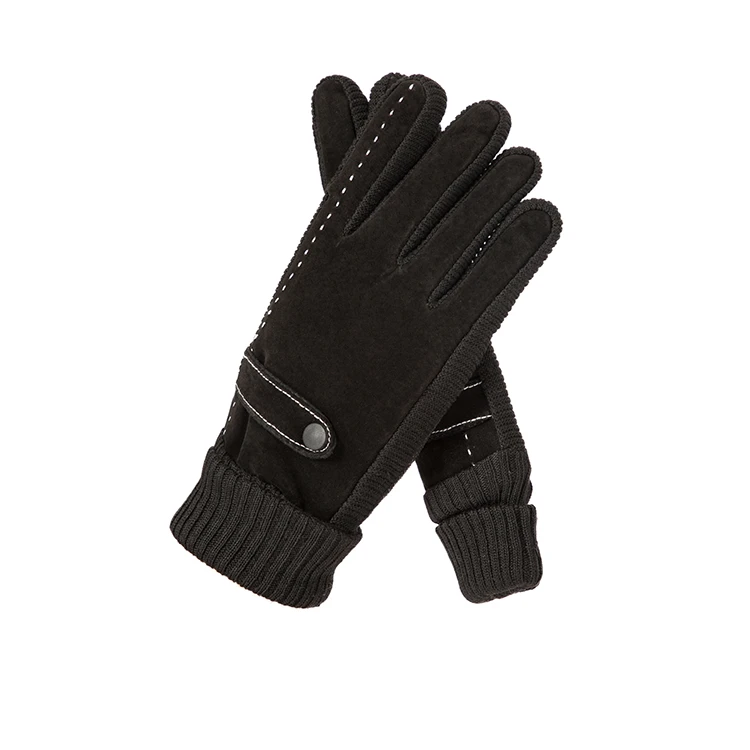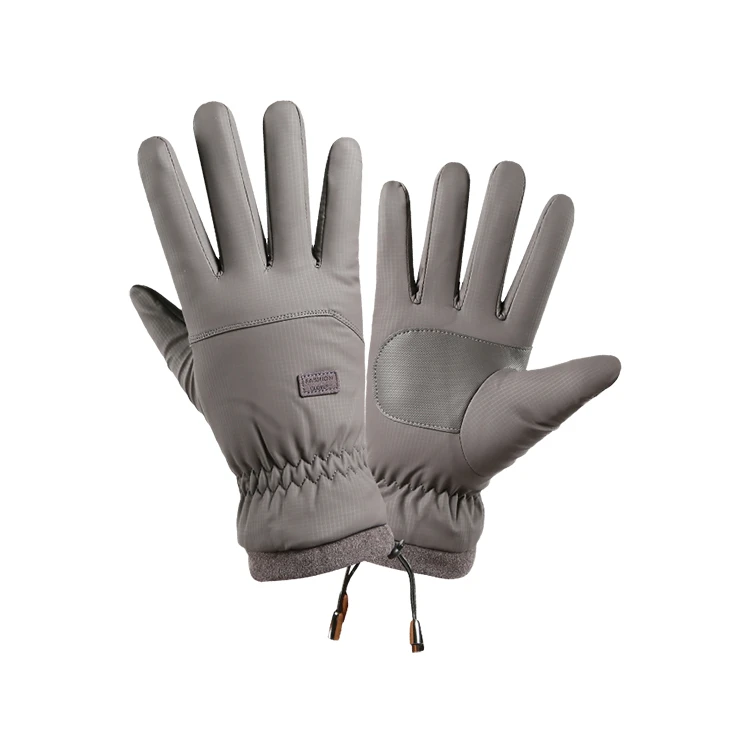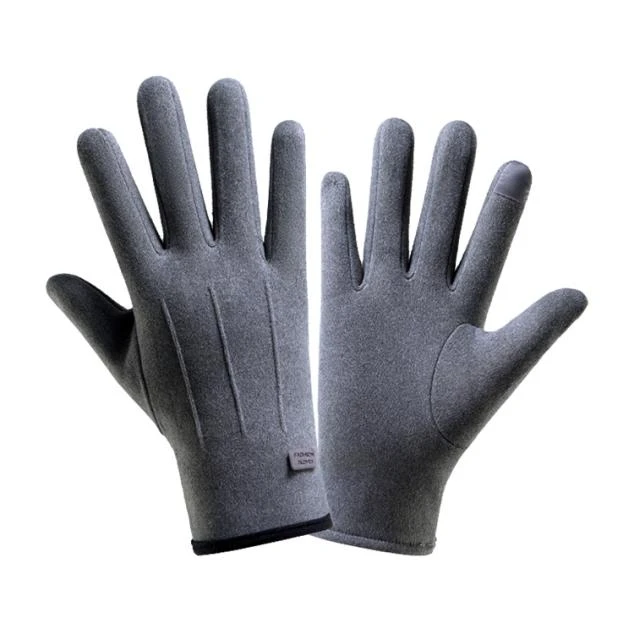|
size |
free size |
|
coating material |
silica gel |
|
structure |
suture |
|
gasket |
cotton cloth |
|
length |
24cm |
|
colour |
black |
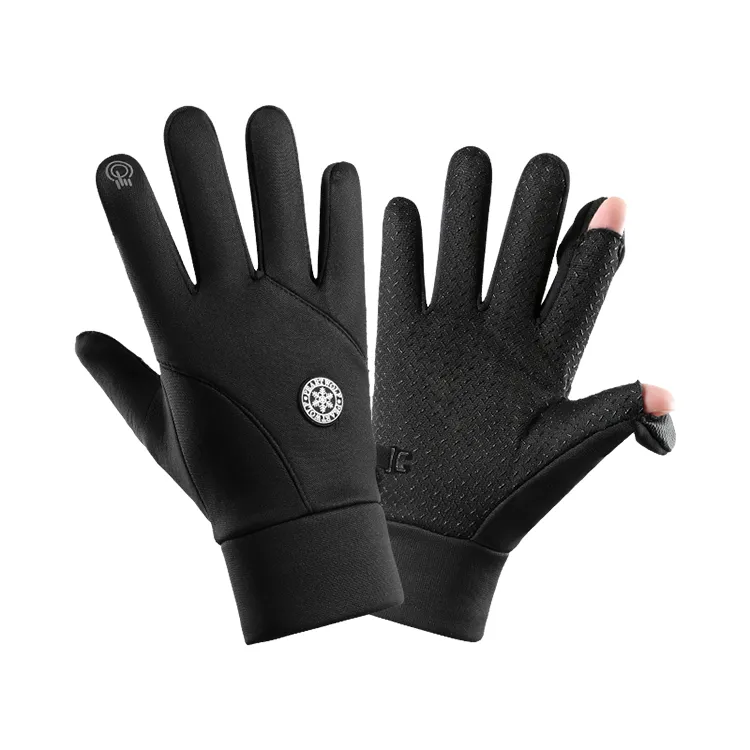
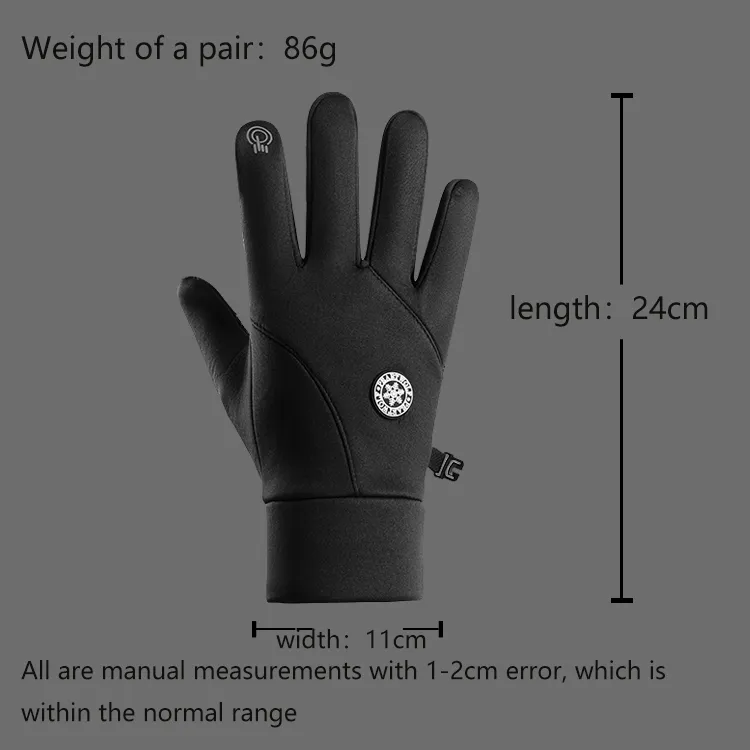
Ergonomic non-slip design
Elastic fabric keeps warm and comfortable
Fingertips touch the screen to free your hands
Full hand non-slip fit hand shape
67*28*52。16.72Kilo or so 200 pairs






What Makes Gloves Windproof?
As the chill of winter approaches, many outdoor enthusiasts and everyday individuals alike seek ways to keep warm. One essential item that often gets overlooked is a good pair of windproof gloves. But what exactly makes gloves windproof, and why should you consider investing in a pair? In this article, we will explore the features and materials that contribute to the windproof nature of gloves, ensuring you stay warm and comfortable in blustery conditions.
Windproof gloves are designed to block the wind from penetrating the fabric, which is crucial for maintaining warmth. When the wind blows, it can strip away the layer of warm air that your body generates, leading to a rapid drop in temperature. This is where windproof gloves come into play. They are engineered to create a barrier against the wind, allowing you to enjoy outdoor activities without the discomfort of cold hands.The effectiveness of windproof gloves largely depends on the materials used in their construction. Here are some common materials that contribute to windproof capabilities:Windstopper Fabrics: One of the most popular materials for windproof gloves is GORE-TEX Windstopper. This fabric is designed to be both windproof and breathable, allowing moisture to escape while preventing cold air from entering. This balance is essential for maintaining comfort during high-energy activities.
Softshell Materials: Many windproof gloves are made from softshell fabrics, which are typically a blend of polyester and elastane. These materials provide a good level of wind resistance while also offering stretch and flexibility, making them ideal for activities like hiking, skiing, or cycling.Insulation Layers: Some windproof gloves incorporate insulation materials such as Thinsulate or fleece. These materials not only provide warmth but also enhance the windproof properties by adding an extra layer of protection against the elements.
Water-Resistant Coatings: While the primary focus of windproof gloves is to block the wind, many also feature water-resistant coatings. This added functionality helps keep your hands dry in wet conditions, further enhancing comfort and warmth.In addition to materials, the design of windproof gloves plays a significant role in their effectiveness. Here are some key design features to look for:Cuffs and Closures: Windproof gloves often have adjustable cuffs or closures that help seal out cold air. A snug fit around the wrist prevents wind from entering the glove, ensuring that your hands stay warm.
Pre-Curved Fingers: Many windproof gloves are designed with pre-curved fingers, which provide a more natural fit and enhance dexterity. This is particularly important for activities that require fine motor skills, such as skiing or climbing.Grip and Durability: Windproof gloves should also feature durable materials on the palms and fingers to provide a good grip. This is essential for handling equipment or performing tasks in cold conditions.
Investing in a good pair of windproof gloves can make a significant difference in your comfort during cold weather. By understanding the materials and design features that contribute to their windproof capabilities, you can make an informed choice when selecting gloves for your outdoor adventures. Whether you're hitting the slopes, going for a winter hike, or simply braving the elements, windproof gloves are an essential accessory to keep your hands warm and protected. So, gear up and enjoy the great outdoors, no matter how windy it gets!
